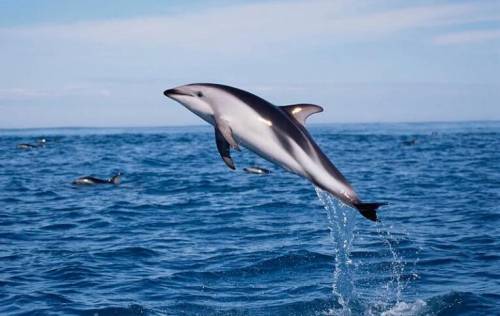написать сообщение про беломордые дельфины на английском Чем они обитаются?
Где проживают?
Почему они вымирающие?

Другие вопросы по теме Английский язык
Популярные вопросы
- 2. участник второй камчатской экспедиции описал берега небольшой части северного...
3 - Всосуд, содержащий 10 кг льда при 0°с влили 3 кг воды при 90°с. какая установится...
1 - Звукова модель слова в ється,хом як....
1 - Спільнокоренві збірні слова до слова- віти...
3 - Сообщение об ростениях степи которые тебе известны...
2 - При каком значении x значение выражения121x на 112 больше за 130?...
1 - Какие части речи могут заканчиваться на буквосочетание -го?...
2 - Как звали папу г.х.андерсена и как он придумал сказку дикие лебеди ? я вот например...
1 - Решите с функции y=(x-1)^2+2 ,где x меньше или равно 1, найдите обратную функцию.постройте...
1 - Решить уравнение: х+305=80*4 напишите как записать...
2
Beluga dolphins, also known as white whales, are marine mammals that belong to the family Monodontidae. They are easily recognized by their distinctive white color and bulbous forehead, which is called a melon. Belugas have a stout body and can grow up to 15 feet long.
Now let's answer your questions one by one:
1. Where do beluga dolphins live?
Beluga dolphins are mainly found in the Arctic and sub-Arctic regions of the world, including the coastal waters of Canada, Greenland, Russia, and Alaska. They prefer cold, icy environments such as the Arctic Ocean, Bering Sea, and the Gulf of St. Lawrence.
2. What is their habitat like?
Beluga dolphins are highly adaptable and can live in various types of habitats, including coastal areas, estuaries, and deep offshore waters. They are known to inhabit both shallow and deep waters, ranging from a few meters deep to several hundred meters. Their ability to swim in both fresh and saltwater makes them unique among dolphins.
3. Why are they endangered?
Beluga dolphins are considered endangered due to several reasons:
- Habitat loss: The destruction of their preferred icy habitats, such as sea ice melting caused by climate change, negatively affects their population size and distribution. As the ice melts, their food sources and breeding grounds are disturbed.
- Pollution: The release of pollutants into their environment, including heavy metals, pesticides, and oil spills, can contaminate their food and water, leading to health issues and reproductive problems.
- Overfishing: Beluga dolphins are sometimes caught as bycatch in fishing nets, which can harm or kill them unintentionally. Overfishing also reduces the availability of their prey, affecting their survival.
- Noise pollution: Increased human activities in their habitat, such as shipping, oil exploration, and military exercises, introduce high levels of underwater noise. This noise can disrupt their communication, feeding, and breeding behaviors.
Conservation efforts are being made to protect beluga dolphins, including creating protected areas, monitoring populations, and educating the public about their importance in the ecosystem.
I hope this answer provides you with the information you need. If you have any further questions or need clarification on any point, feel free to ask!